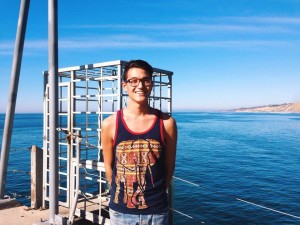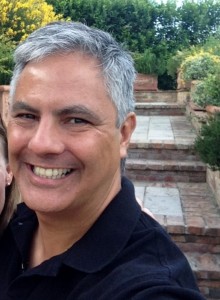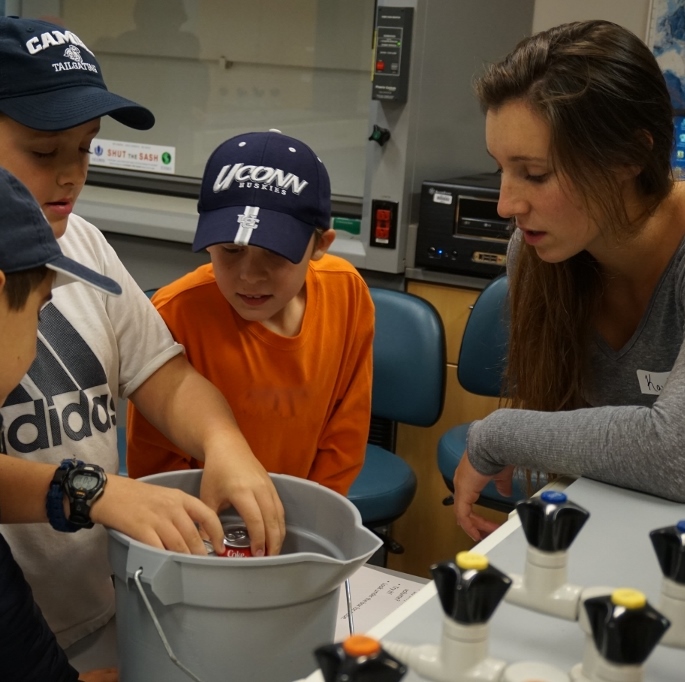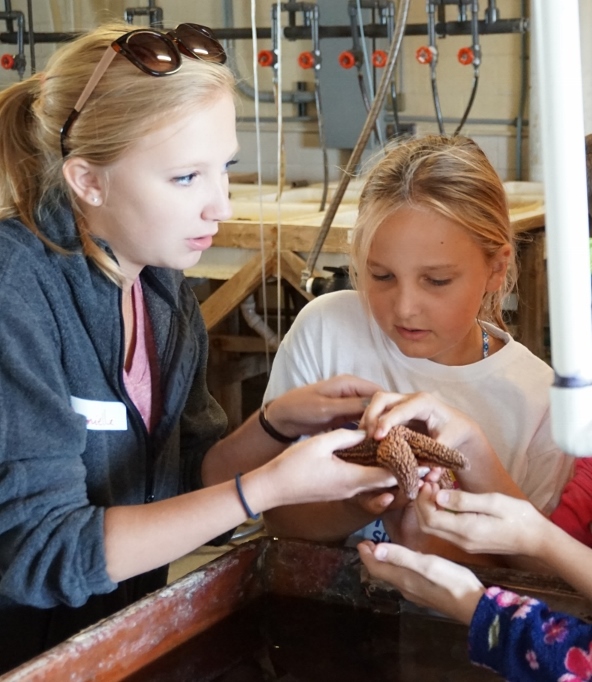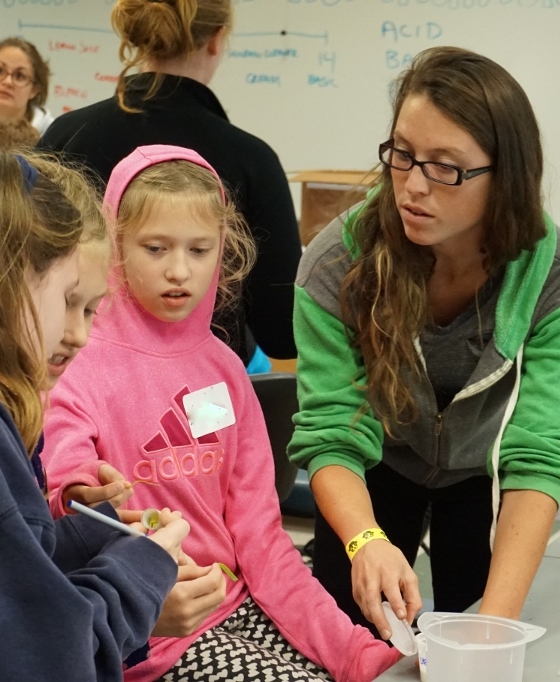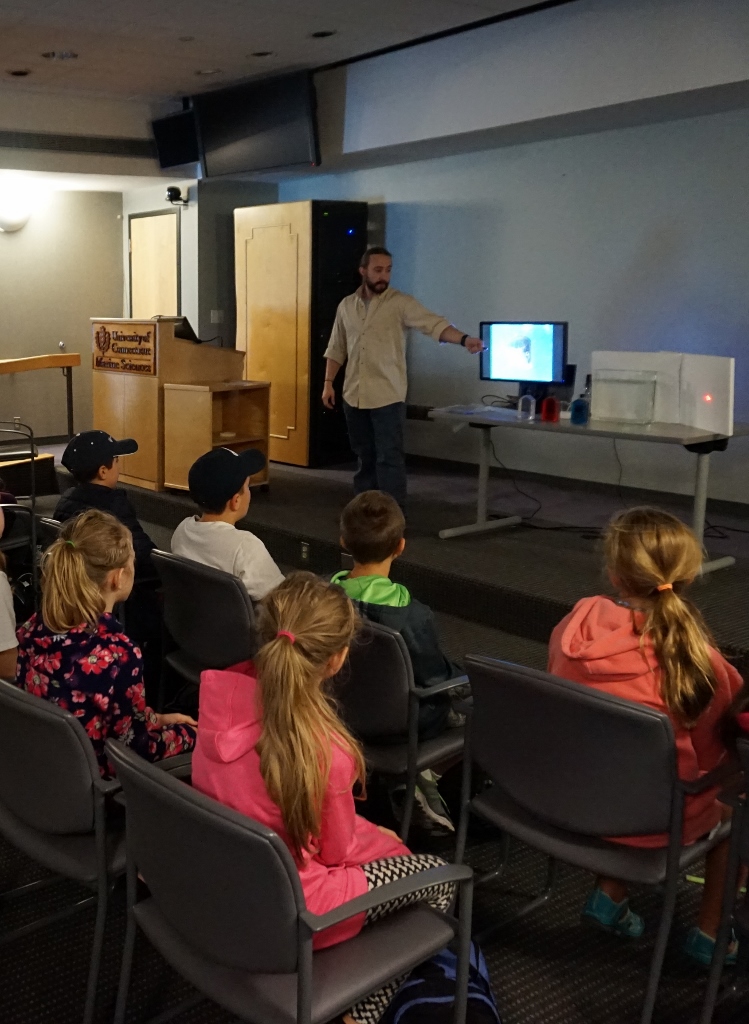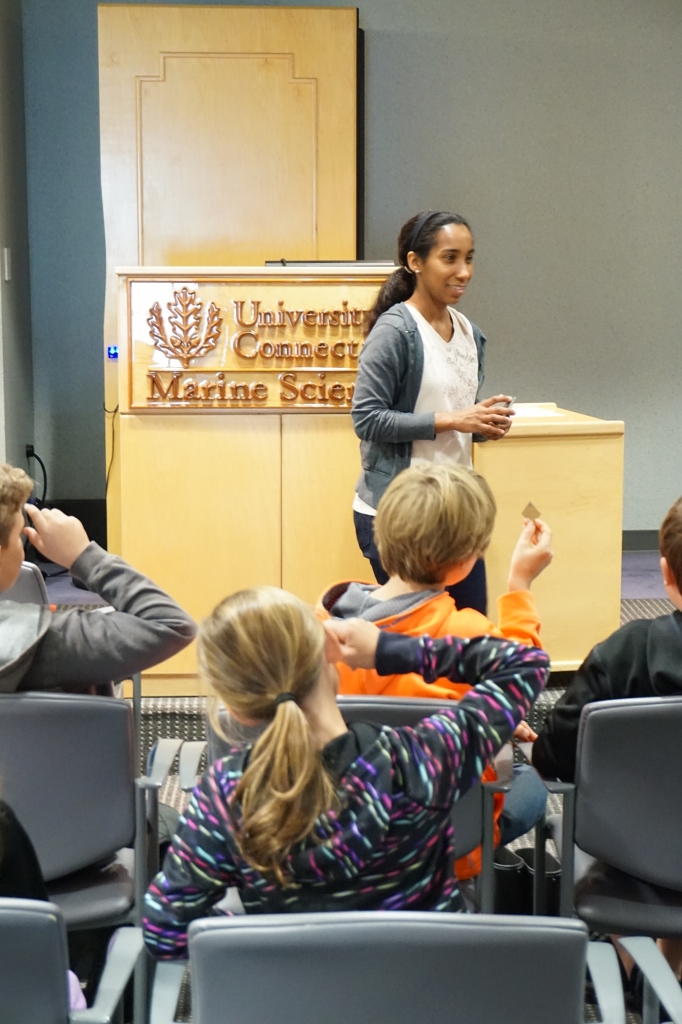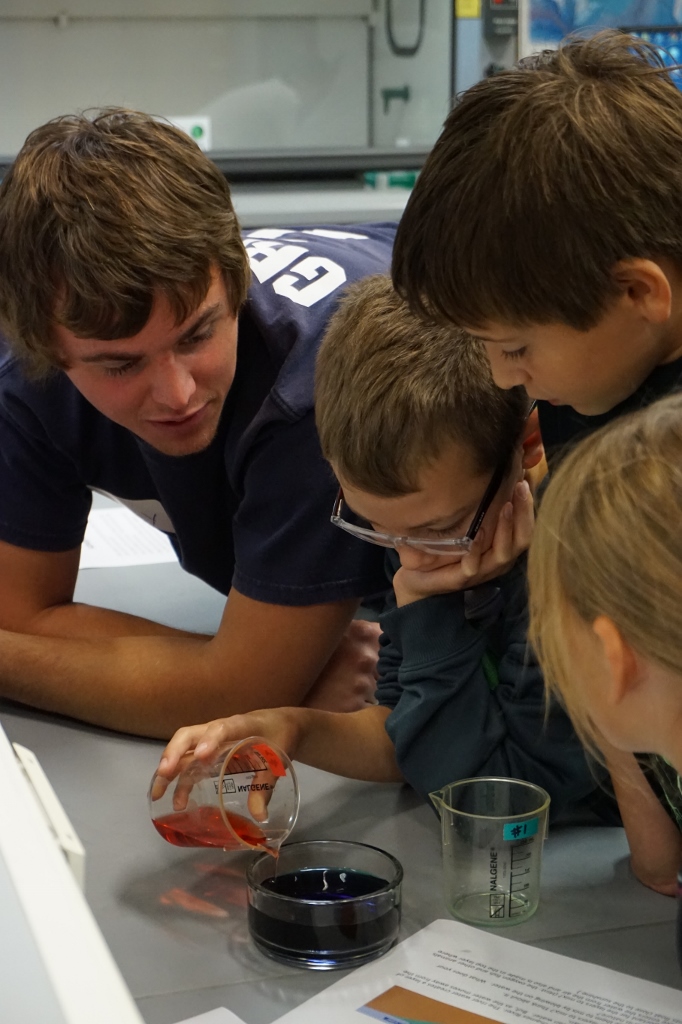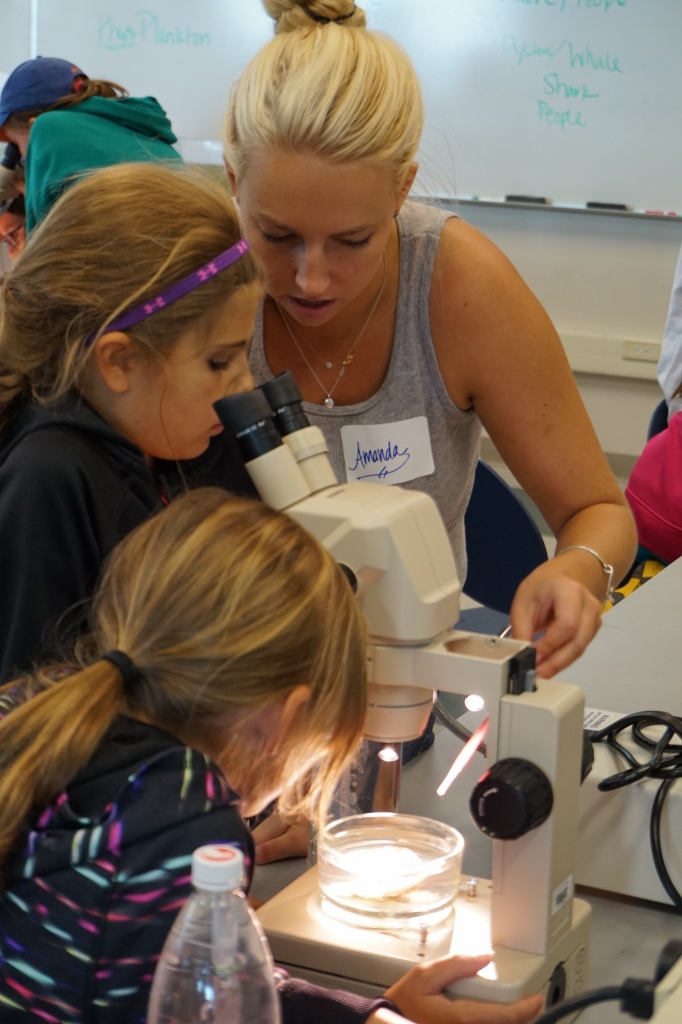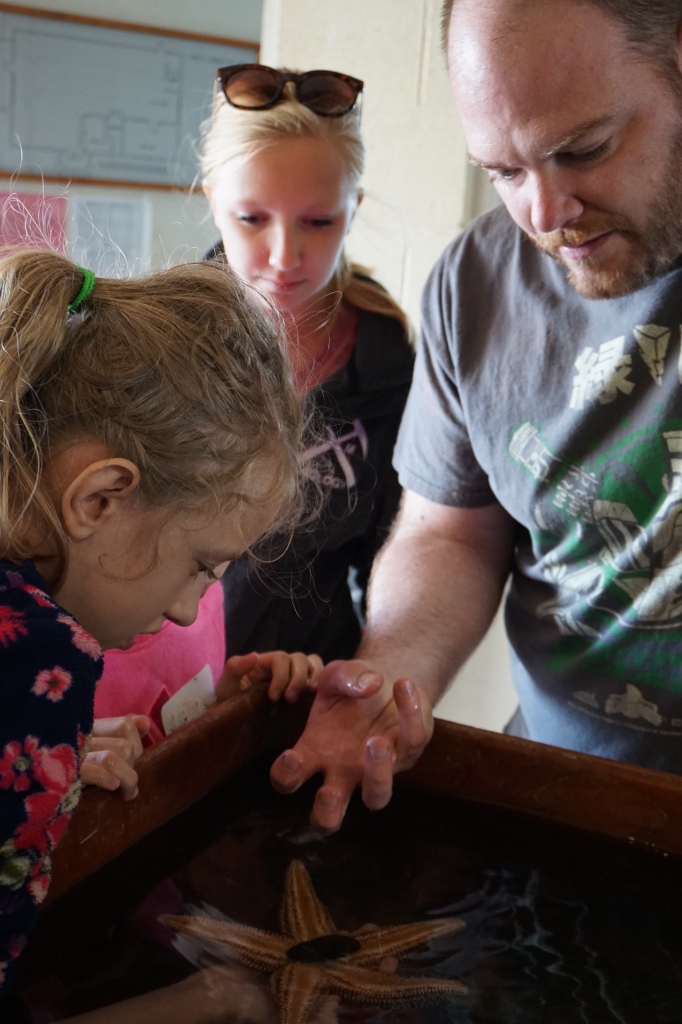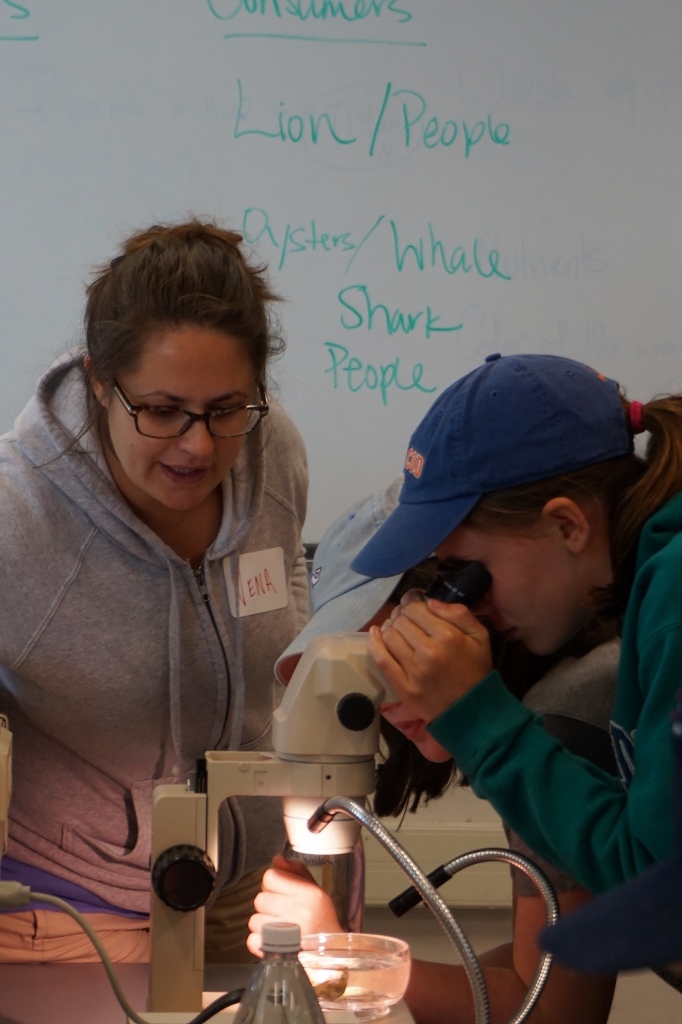Graduate student Matthew Sasaki, a first year Ph.D. student in Professor Hans Dam’s lab, will participate in the Antarctic Biology Training Program for Early Career Scientists in summer 2016. This elite program is sponsored by the National Science Foundation (NSF), and aims to introduce participants to polar science under realistic field conditions, with the associated complexities and logistical challenges of undertaking science in Antarctica.
This year’s program focuses on integrative biology and biological adaptation of polar organisms to environmental change. Using a combination of laboratory, field, and ship-based projects, and led by a diverse team of instructors, the course provides participants the opportunity to study a wide range of Antarctic organisms at several different levels of biological analysis spanning molecular biology, biochemistry, physiology, ecology, and evolution.
Matthew is interested in the genetic control of the response of marine organisms to thermal stress, a topical issue for climate change research. Matthew says “this training program will be a great tool to help me design my doctoral dissertation and a unique opportunity for my professional development. I can’t wait to be there.”
Photo caption: UConn Marine Sciences Ph.D. student Matthew Sasaki while he was a student at University of California, San Diego. Matthew will have to don warmer clothing for his trip to Antarctica.
